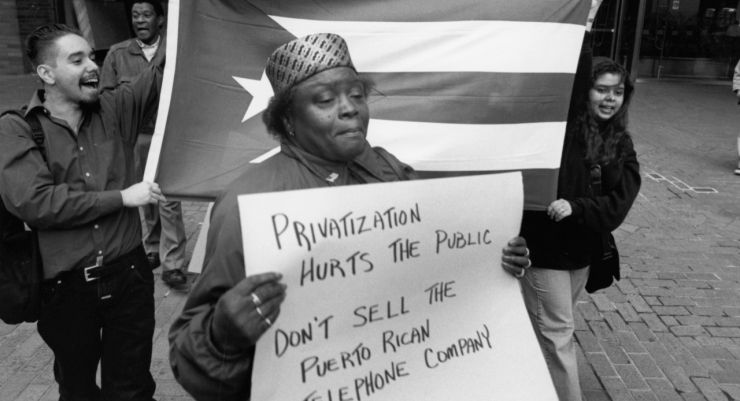Remembering 1199’s History: Puerto Ricans Were Key Builders of Union
June 17, 2021

During his 18- year tenure as 1199 president, Dennis Rivera was hailed as one of the most powerful New Yorkers and labor leader in the nation. Rivera always noted that his power was derived from a committed, united and active membership.
Rivera also came from a long line of Puerto Rican heroes within 1199, all of whom were less well known. But without them, there would be no 1199.
When the leaders of 1199 took on the difficult task of organizing hospital workers, they understood clearly that it could not be done without forging Black and Puerto Rican unity. Those two groups constituted the overwhelming majority of the underpaid and mistreated service workers.
1199 came to the task with sterling credentials, having participated in civil rights struggles on behalf of both communities. And those communities rallied around the Union. El Diario, the city’s main Spanish-language newspaper dubbed the campaign “La Cruzada” (The Crusade.)
A primary venue of the campaign took place in the heart of El Barrio, also known as Spanish Harlem, the location of Mt. Sinai Hospital. A photo of Mt. Sinai service worker Maria Cruz on the picketline with her two daughters during the 1959 hospital organizing campaign became an iconic image in 1199 history. Cruz and her daughters carried placards that read “Mount Sinai Workers Can’t Live on $32 a Week.”
Gloria Arana, the undaunted Mt. Sinai laundry worker, is perhaps the best-known leader of the campaign. Other outstanding Mt. Sinai Puerto Rican leaders were orderly Julio Pagan, who led a walkout of the hospital at the beginning of the strike. Lorenzo Santiago, a close friend of Pagan’s from the hospital’s housekeeping department, was roughed up, arrested and driven off by police. Such determination and militancy took place around the city with Puerto Rican and other Latino members playing leading roles throughout.

